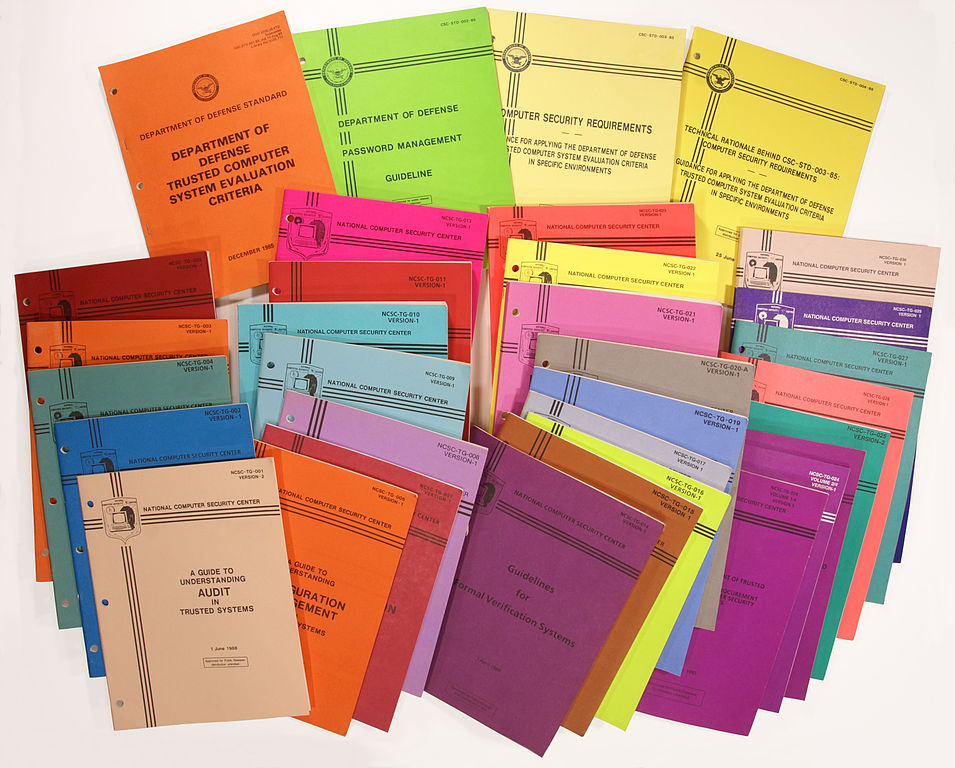The introduction of the Internet of Things was a game changer for the IT industry. Not only did it change the way people lived, but it also affected the way people did their jobs. Why? Because even though IoT solutions are able to improve lives considerably, their development poses certain challenges. These products are not only complex, but also their interdependencies can lead to expensive incompatibility failures and, under certain conditions, delay the launch of vital products. Thus, the important question is, how is it possible to develop and deliver different IoT products in an effective manner? The main thing here is to ensure that the products developed by you meet their original requirements. And this is possible only through requirements management. Basically, it is your responsibility to make sure the requirements of design are in charge of driving the whole process of product development.

Basics of requirements management
Let’s get one thing clear – requirements management has existed since the start of operations in the private sector. They continue to remain a major part of the development of modern applications. The framework, consisting of corrections and balance, and system requirement checks, is one of the most significant facets of application development. So, even if there is one critical misstep, it could result in the failure of the whole project. Requirements management is, therefore, a vital aspect of delivering connected products around which the whole of IoT revolves. It allows teams to create the products as intended and manage the extent of the change to gain the desired outcome.
Handling the different factors at play
As stated earlier, requirements management is not simple. Tracking, defining, and then communicating all the requirements is time-consuming and complicated, given the fast pace at which the field of application development is progressing. Despite all this, requirements management is still a must-have for enterprises since the adoption of best practices is able to lower the cost of development.
What needs to be done?
You need to use specific supportive solutions so that the projects stay on track. There are lots of different solutions suites that are available that are capable of improving the effectiveness of requirements management methods quickly. At the same time, they will decrease the number of errors that could have an adverse effect and result in costly changes later on in the lifecycle of the application.
What does requirements management entail?
Requirements management has been described by the industry as a systematic method – one that revolves around the documentation, identification, filing, and organization of all the requirements for a system that is undergoing change. A great way to make sure your requirements management is going smoothly is to make sure the documentation as well as the recordkeeping processes are in place. These help to guarantee smooth, uninterrupted operations in spite of new backend needs.
Requirements collection – what is it?

Before an organization can work upon requirements management, it needs to know what those requirements are. That is where requirements collection comes in. This process is not really a difficult one most of the time, but the situation is complicated by the fact that collection depends on other factors. Outcomes can change depending upon the number of stakeholders of the company, the different sources, and any long-lasting changes because if the underlying procedures are not properly laid out and are interpreted incorrectly by team members, it could derail the project. Moreover, the success and accuracy of requirements management often dictates use cases and testing, which means that any miscommunication in the initial stages impacts the project in its entirety. So, requirements management must be handled correctly; otherwise it could have serious consequences for IT projects.
Reducing complexity
Developers, project managers, and stakeholders need to work together to ensure the requirements management process goes smoothly so they can reap the benefits. If all goes right, they can decrease the time required to complete requirements management as well as convey the different aspects to other business stakeholders. This kind of ability to meet the needs of the stakeholders by continuously gathering feedback from them for verification and validation purposes leads to stakeholder satisfaction. While requirements management works for numerous lifecycle and development-management associated tasks, it offers the best results when it is used for lowering the number of inaccuracies that crop up in the recordkeeping activities of a business as well as reducing the inefficiencies at various stages of other projects.
More efficient development
Product developers must understand that the eventual success or failure of their connected products hinges upon how well managed their requirements are during the design phase of the product. If the product in question is part of a regulated industry and has to comply with safety standards and regulations, then requirement management becomes all the more important.
Impact on overall IoT industry
Any successful IoT project or product is going to depend upon requirements management. It affects the development from the initial stages, and product developers must come up with a way to keep track of these requirements, which are subject to mistakes due to conflicting requests, separate priorities, and varying levels of importance. Requirements management, thus, plays a vital role in maintaining the consistence of projects as new requirements are added, old requirements get removed, need change, and items which did not seem to have any conflicts appear to have several of them.
The need for IoT requirements management is present in every organization, even though they may not realize it yet. Not only does the capacity to provide systems, products, and applications within a specified budget and timeframe lead to lesser errors or defects, it also results in increased efficiency. Also, reporting becomes a lot clearer due to the audit trails and the high-level of traceability that comes with requirements management.
Photo credit: Shutterstock



